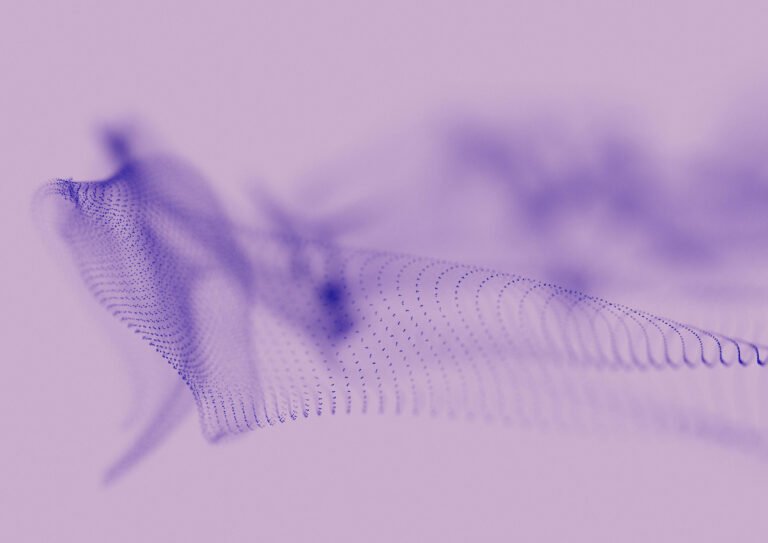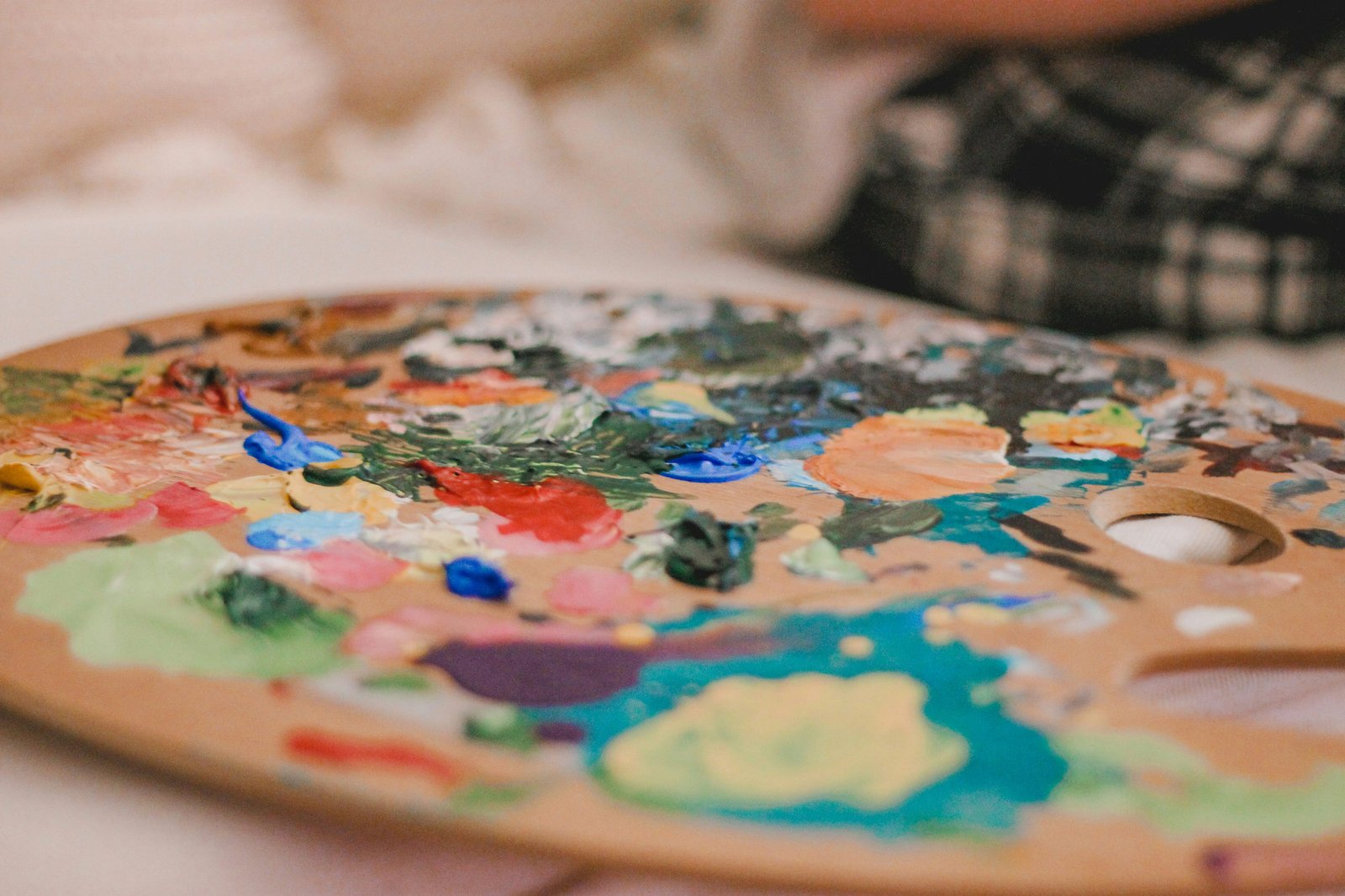Introduction
Sensory Connection Drawing is an innovative practice that combines traditional drawing with interactive design to engage participants’ senses and emotions. By integrating tactile, visual, and auditory feedback into the creative process, this method enhances self-expression, fosters mindfulness, and strengthens connections with others.
With the inclusion of interactive technologies, such as touch-sensitive surfaces, responsive sound systems, or dynamic visuals, participants experience a deeper engagement with their creations. This combination creates a dynamic and immersive way to explore inner thoughts, strengthen relationships, and relieve stress through sensory and collaborative exploration.

Benefits
Enhances Multisensory Engagement
Interactive features, such as sound-responsive drawing surfaces or touch-based visual feedback, deepen participants’ sensory involvement. This layered experience strengthens their connection to the present moment.Encourages Playful Exploration
Interactive elements introduce unpredictability and fun into the drawing process, inspiring creativity and reducing performance pressure. Participants are free to experiment and discover new ways to express themselves.Builds Shared Experiences
In group settings, interactive installations encourage collaboration, as participants’ actions influence each other’s creations. This fosters empathy, communication, and a sense of belonging.Supports Emotional Regulation
The act of drawing, combined with calming sensory feedback like soft lights or soothing sounds, provides a grounding effect. Participants often find the process helps them process emotions constructively.Encourages Innovative Thinking
By introducing dynamic feedback, sensory connection drawing trains participants to adapt, problem-solve, and think creatively—skills that are valuable in personal and professional contexts.
Steps to Practice
Prepare the Space and Tools
- Use a touch-sensitive drawing surface or digital tablet that responds to pressure, speed, or movement.
- Set up sensory tools like sound-responsive devices, projection systems, or tactile materials.
Engage the Senses
- Begin with a short mindfulness activity, encouraging participants to tune into their surroundings and their own breathing.
- Introduce the sensory tools, such as lights that change with strokes or sounds that respond to pressure, helping participants connect with their environment.
Draw Intuitively
- Allow participants to move freely across the surface, experimenting with how their actions generate feedback. Let the sensory interactions guide the creative process.
Explore Collaborative Features
- In group settings, let participants’ creations merge on a shared digital canvas or influence each other’s sensory feedback (e.g., one participant’s stroke triggers a sound that others respond to).
Reflect on the Experience
- Observe the final creation and discuss how the sensory interactions shaped the artistic choices. Encourage participants to reflect on any emotions, thoughts, or insights that arose.

What to Expect in a Session
Sensory Activation and Grounding
Sessions start with an introduction to the interactive tools and a short mindfulness exercise to engage participants’ senses and focus their attention.Exploration of Interactive Tools
Participants experiment with the tactile and responsive features of the tools, discovering how different movements generate visual, auditory, or tactile feedback.Creative Expression
Guided by prompts or their own intuition, participants create abstract or representational art while engaging with the interactive system. This process is fluid and open-ended.Collaboration and Connection
In group sessions, participants may work on a shared canvas or interact with each other’s creations through the system, fostering communication and shared meaning-making.Reflection and Integration
Participants reflect on their experiences, discussing how the interactive feedback shaped their creativity or emotions. Group sharing deepens understanding and empathy among participants.
How This Approach Heals
Calmness
The sensory-focused and interactive nature of the practice anchors participants in the present moment. The rhythmic drawing motions, combined with responsive sensory feedback like soothing sounds or changing lights, create a meditative state that promotes relaxation and reduces anxiety.
Relationship Building
Interactive features that allow participants to influence each other’s creations encourage non-verbal communication and collaboration. This shared process fosters trust, empathy, and deeper social connections.
Self-Knowledge
The feedback generated by participants’ movements often mirrors their emotions and thought patterns. For example, erratic strokes may produce sharp sounds or chaotic visuals, prompting reflection on internal states. This process uncovers subconscious feelings and promotes self-awareness.
Sociability
The collaborative aspects of interactive sensory drawing enhance group dynamics. Participants learn to engage with others’ creative processes, building confidence in expressing themselves while respecting different perspectives.
Stress Relief
The combination of tactile engagement, sensory feedback, and intuitive drawing provides a constructive outlet for releasing tension. This practice helps participants process stress in a healthy and creative way.
Work Productivity
Interactive drawing sharpens problem-solving skills and promotes adaptability by encouraging participants to experiment with new approaches. These skills translate into improved creativity and focus in professional settings.
Long-Term Benefits
Enhanced Sensory Awareness
Regular engagement with interactive sensory tools strengthens participants’ ability to tune into their surroundings and bodily sensations, fostering mindfulness in daily life.Deeper Emotional Resilience
By offering a creative and non-verbal outlet for emotions, sensory connection drawing helps participants regulate their feelings and build emotional stability over time.Strengthened Relationships
Collaborative interactive sessions deepen bonds through shared creativity, fostering empathy and mutual understanding in both personal and professional relationships.Sustained Stress Reduction
The calming effects of sensory connection drawing help participants manage daily stress more effectively, promoting overall mental well-being.Creative Empowerment
Experimenting with interactive elements builds confidence in thinking innovatively, helping participants approach challenges with adaptability and curiosity.Work-Life Integration
The practice of sensory connection drawing offers a balanced way to combine relaxation with creativity, creating a foundation for better work-life harmony.
